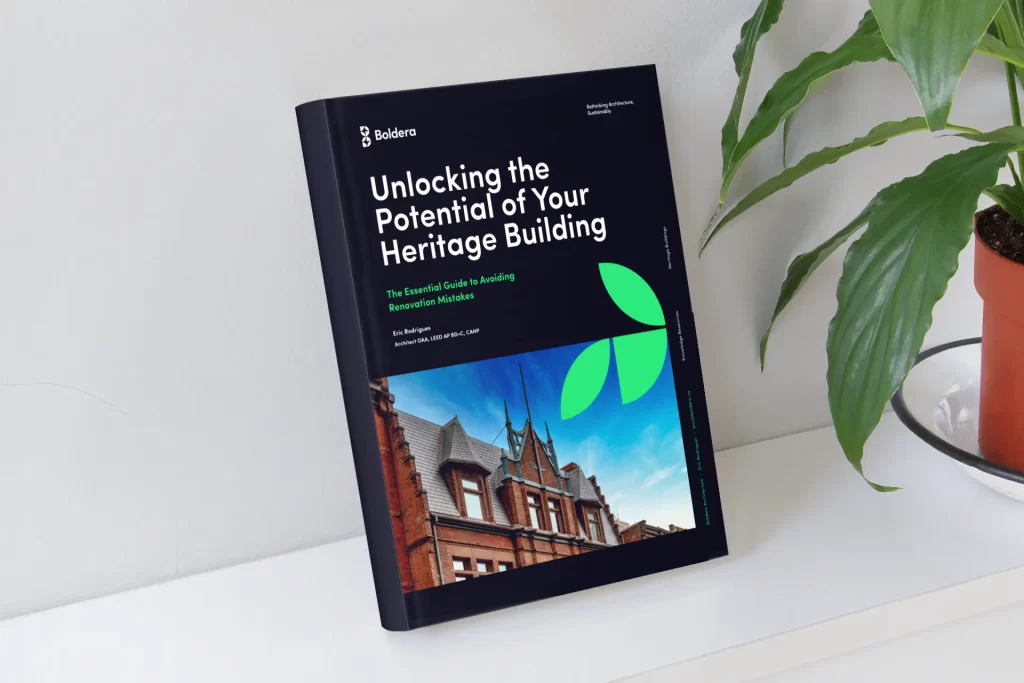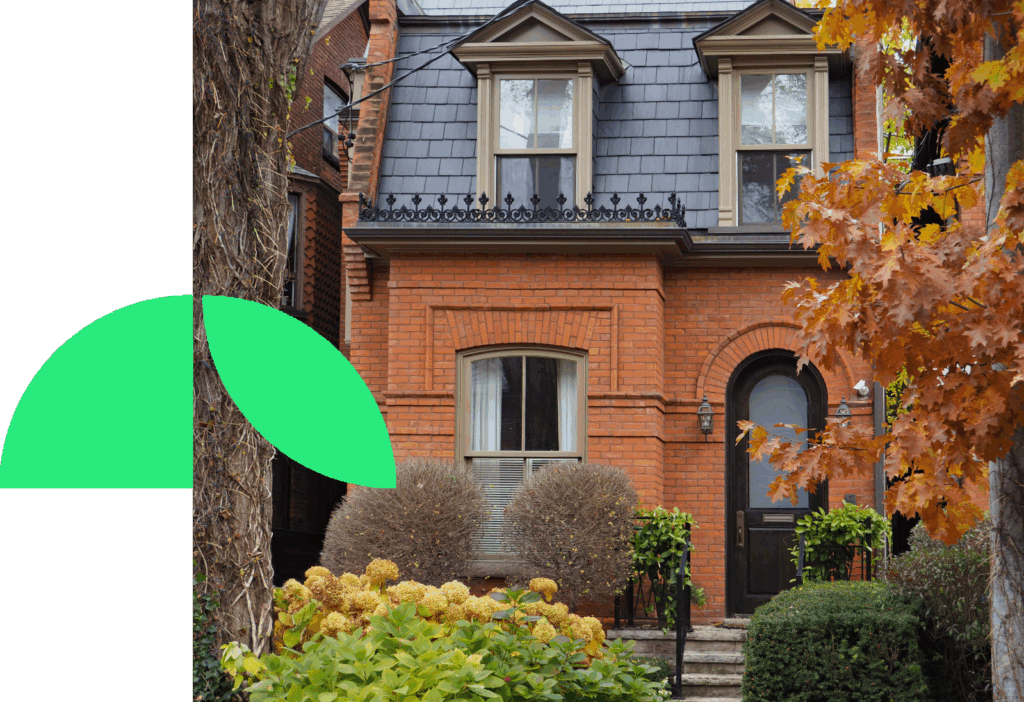Restoring Original Woodwork in Heritage Buildings
Eric Rodrigues, OAA, LEED AP BD+C, CAHP
Heritage buildings with their background and captivating architectural allure often showcase original woodwork that serves as a testament to the craftsmanship of the past. Preserving these details goes beyond aesthetics. It signifies a deep commitment to honoring the legacy of the past. In this article we delve into the importance of preserving woodwork in heritage structures and explore strategies for its maintenance.
Historical Significance of Original Woodwork
The original woodwork found in heritage buildings acts as a connection to the history of the building. These crafted elements bear witness to the styles, techniques, and materials prevalent during their eras. From moldings to hand carved banisters each piece narrates a story about the craftsmanship that defined a specific period. By safeguarding these details, we uphold the authenticity of these buildings and contribute to our broader cultural and historical fabric.

Example of original woodwork restored in a Victorian home in England (Architectural Digest)
Challenges Encountered in Preserving Original Woodwork
Preserving woodwork presents challenges particularly considering the natural wear and tear these elements may have endured over decades or even centuries. Factors such as exposure to sunlight fluctuations, in temperature and humidity levels and potential insect damage can all impact the integrity of the wood over time. In addition, it’s important to consider that over time renovations and repairs may have changed or replaced some of the components.
Preservation Strategies
Regular Maintenance
Establish a maintenance routine to inspect and take care of the woodwork. This involves using cleaning methods and applying wood finishes to protect against environmental factors.
Climate Control
Control the climate to prevent temperature and humidity fluctuations as these can cause the wood to warp, crack or sustain other types of damage.
Respecting Historical Integrity, in Repairs
When repairs are required prioritize approaches that respect the integrity of the property. Use materials and techniques with the era in which the house was constructed ensuring integration between new elements and existing ones.
Documentation and Preservation
Before undertaking any renovations thoroughly document the existing woodwork. This documentation will serve as a reference for preservation efforts while preserving a comprehensive historical record of the home.
Consult Preservation Experts
Seek guidance from professionals who specialize in preserving heritage buildings, such as heritage architects. Their expertise can offer insights on the methods to maintain the original woodwork and ensure that any necessary interventions align with preservation standards.

Original woodwork present in the staircase of the historical Governor’s Residence in Owen Sound, Ontario. (Boldera Architects)
Conclusion
Preserving the woodwork in homes is a labor of love that honors the craftsmanship from bygone eras. By recognizing the significance of these elements and implementing preservation strategies, building owners can guarantee that the distinct charm and character of their heritage building will endure for future generations. In doing they actively contribute to
safeguarding our heritage and bridging the gap, between past and present.
I hope this article has helped you with your planning. If you have questions, book a free 30-minutes Discovery Session with Boldera Architecture. This will unlock the full potential of your project and help you develop a quick action plan. My goal is to help you develop successful projects.






